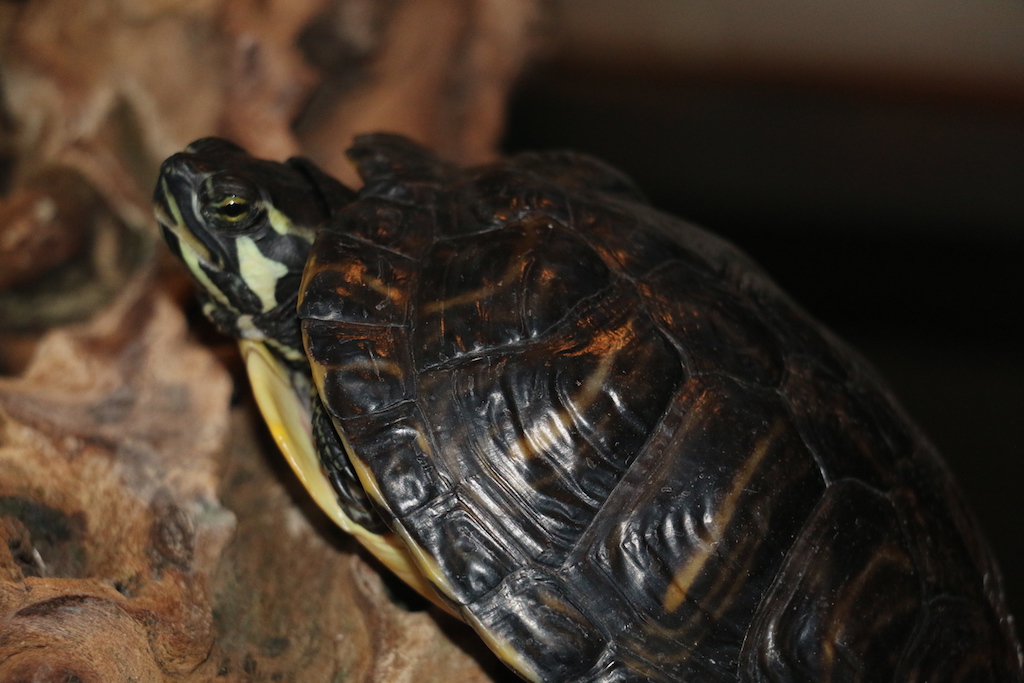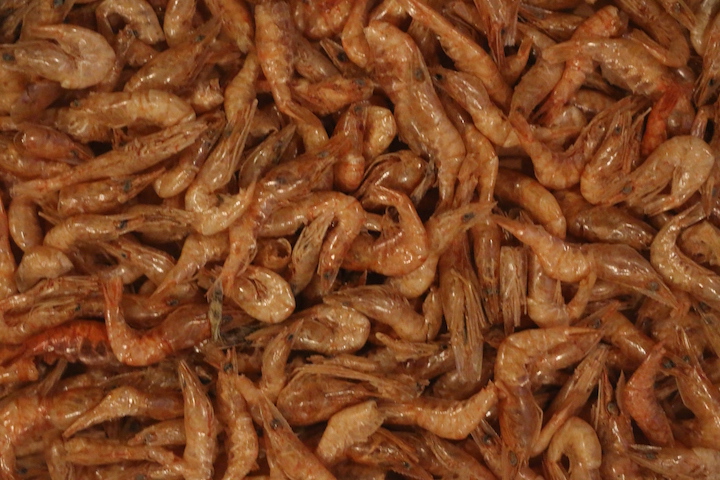CARE - BREEDING
Breeding
Just like other reptiles, turtles lay eggs which, when fertilised, can develop into baby turtles. It’s up to you whether you want to breed or not. Before you decide whether you want young turtles, you should know what you’re going to do with them. Once you’ve decided to go for it, you can influence the process, from the laying of eggs to the hatching of turtles, in several different ways.
Tips for breeding
Ensure that two turtles of the same species are mating to guarantee purebred turtles.
Mating
If your turtles suddenly demonstrate strange behaviour in spring, they may have started their mating ritual. Initially, the male will hunt down the female and corner her. His forelegs will move forward, shaking in her direction until they hit the female’s head. If the female is interested, she too will start moving her forelegs. Then the real mating begins: the male slides over the female’s shell, he brings his tail under hers and it’s game on!
Laying eggs
Turtles lay their eggs between April and July, even if they’re not fertilised. They lay their eggs in the sand, so you should always ensure that your turtle has a sand island available, even if you don’t want to breed. Otherwise, your female turtle may run the risk of becoming egg-bound. The female turtle creates a round nest, ranging from 5 to 25 cm in diameter. She lays her litter in this nest, with an average of ten eggs. Once the eggs are in the nest, the turtle will cover them up.
Incubating eggs
Once the eggs have been laid, the incubating process begins. This can be done in various ways:
- With still air, e.g. in an incubator.
- With a forced air system, e.g. in a refrigerator.
- With water, using a bain marie.
If you move the eggs, under no circumstances should you turn them over! The embryo is not attached to the egg and could die. If necessary, mark the top of the egg with a pen.
How will I know if an egg has been fertilised?
If an egg has been fertilised, you will see a white band around the egg which gradually extends over the entire egg after about 24 hours. From roughly day 5 onwards, you can look through the eggs with the help of a strong (not too warm) lamp. You’ll see a dark spot, along with blood vessels.
If you can’t see anything special, the egg has not been fertilised. The egg will then start to rot or become mouldy.
When an egg becomes a turtle
After two to three months, depending on the temperature, small cracks appear in the egg. A few days later, the egg opens further and the turtle’s head breaks through the shell. It then takes another one to two days before the turtle hatches fully from the egg. Be patient and don’t help the turtle.
Your newly hatched turtle will immediately find its feet, ready to explore the world. It will search for a safe place as a base from which to explore. However, newly hatched turtles are poor swimmers, so make sure that your baby turtle can’t drown – otherwise all your efforts will have been in vain.


